Musician Todd Hobin: From Stroke to Stage
By: Cheryl Abrams
August 13, 2018
Home » Crouse Connects » Musician Todd Hobin: From Stroke to Stage
Proving that stroke can strike anyone, at any age, is S.U. Men’s Basketball team member Howard Washington. The college sophomore suffered a stroke on campus and was brought to the Crouse Comprehensive Stroke Center for treatment. Read his story of survival here.
____________________________________________________________
Since his first gig in 1962, Todd Hobin has been writing and performing songs about life and love. These days, the 69-year-old rocker is taking to the stage with a profound personal message that transcends artistry and entertainment: triumph over stroke.
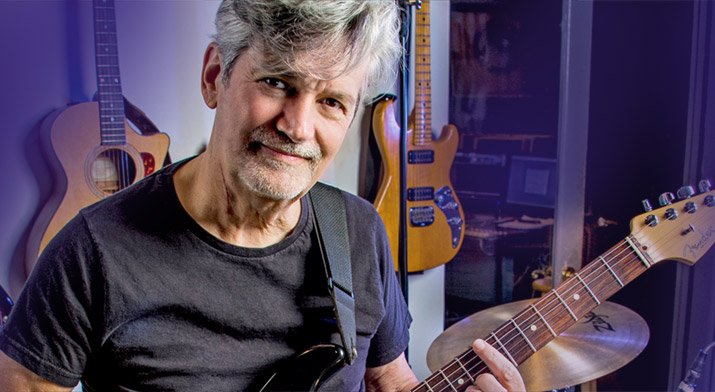
Don’t Ignore the Warning Signs
Todd’s story began last May. For several days, he had a severe headache and blurred vision, and wasn’t feeling his usual energetic self. The one aspect of his journey that Todd really wants everyone to remember is that during this time, he ignored what his body was trying to tell him.
That is until May 22, when he awoke with numbness in his left arm. He was barely able to move and had difficulty walking. He decided to call his primary care physician, Paul Cohen, MD.
After describing how he felt, Todd says Dr. Cohen advised him, without hesitation, to call 911 and be taken to Crouse.
Call 911 and Say, ‘Take me to Crouse’
Todd said he was in a state of disbelief and asked if he could instead go into the doctor’s office for a check-up later that day. Todd recalls Dr. Cohen repeating, “Call 911 and go to Crouse. Trust me.” Todd’s wife, Joann, immediately placed the emergency call and he was quickly transported to the Crouse ER.
Upon arrival, Crouse’s Comprehensive Stroke Center (CSC) 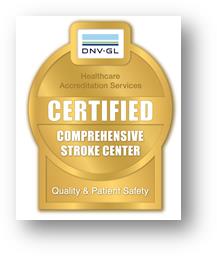 team swung into action. Todd’s symptoms — the ones he’d been ignoring for several days — indicated the possibility of stroke. He had a CAT scan and MRI, which revealed two small areas affected by stroke. The next test, a CT angiogram, confirmed Todd’s condition: carotid artery disease (CAD).
team swung into action. Todd’s symptoms — the ones he’d been ignoring for several days — indicated the possibility of stroke. He had a CAT scan and MRI, which revealed two small areas affected by stroke. The next test, a CT angiogram, confirmed Todd’s condition: carotid artery disease (CAD).
According to Crouse Neurovascular Surgeon David Padalino, MD, Todd suffered a single event that caused a stroke in two areas of his brain. His strokes were the result of severe stenosis, or blockage, in his carotid arteries.
Carotid Artery Disease Increases Stroke Risk
The disease, which occurs when fatty deposits clog the blood vessels that deliver blood to the brain, increases risk of stroke, which limits blood supply to the brain. “If you ever hear the phrase ‘when minutes matter’ in relation to stroke, it’s true,” says Dr. Padalino. “Deprived of blood supply carrying oxygen, brain cells begin to die within minutes.”
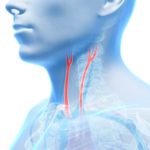 Therefore, preventing future strokes from occurring becomes the objective. Dr. Padalino advised performing a procedure the next day to unblock the most obstructed carotid artery, on the right side of Todd’s neck.
Therefore, preventing future strokes from occurring becomes the objective. Dr. Padalino advised performing a procedure the next day to unblock the most obstructed carotid artery, on the right side of Todd’s neck.
If people have larger strokes, waiting a couple of weeks before revascularization surgery is typical in order to avoid repercussion hemorrhage in a large fresh stroke territory, explains Dr. Padalino. However, it is perfectly acceptable, and even standard practice, to operate right away if the stroke isn’t very big but the stenosis is so severe that waiting would risk a bigger stroke.
Todd underwent an endarterectomy, during which Dr. Padalino removed the plaque build-up by separating the material from the arterial wall. “This procedure is considered the ‘gold standard’ for extracting the material in those under 40 and over 65,” says Dr. Padalino. Todd will have the same surgery this fall on his left carotid artery.
Because Todd tolerated the procedure well and was feeling much better, Dr. Padalino discharged Todd on May 24 right from Crouse’s neuro step-down unit to home.
Road to Recovery
Music has been a central part of Todd’s life for decades. So when it came to recovery and rehabilitation, he knew where to start:  with his guitar. He asked his son to bring his instrument to the hospital, and just a few hours after his procedure, Todd placed the guitar across his chest and began pressing the strings, putting the fingers of his compromised left hand back to work.
with his guitar. He asked his son to bring his instrument to the hospital, and just a few hours after his procedure, Todd placed the guitar across his chest and began pressing the strings, putting the fingers of his compromised left hand back to work.
“I got a report from the ICU nurses that Todd was playing the guitar, and saw him in action the next day,” says Dr. Padalino. “I thought it was really great how he took the advice to practice what he currently has the most trouble with. For him, it was playing the guitar.”
The most important part of stroke care involves an individually tailored rehabilitation regime — a key foundation of the overall recovery process, according to Tarakad Ramachandran, MD, an internationally known neurologist, who serves as medical director for Crouse’s multidisciplinary stroke program.
Todd was fortunate in that his several strokes were not severe and that he was treated quickly by the Crouse stroke team. In his case, the best therapy was his music. “When I returned home, I’d spend many hours strumming my guitar, focusing on repairing the pathways in my brain,” says Todd. “I was also very careful during that recovery period to ease back into my normal routine by doing what I intuitively felt would be best for me: limiting light, trying not to worry, keeping active, practicing my music, and meditating.”
Barring complications, most stroke patients improve and many recover fully to resume their everyday activities and lifestyle, notes Dr. Padalino. Outlook and attitude are exceedingly important in enhancing the recovery process, he adds.
“I purposefully did not concentrate on what I could no longer do at any given time, but I measured my progress on what I could do again following the stroke,” says Todd.
Back on Stage
Since 1962, Todd has performed more than 3,000 gigs in Central New York, across the country and abroad. Just two months following his treatment at Crouse, Todd performed in several venues to get back into shape.
On Saturday, Aug. 18, Todd took to the stage twice during the “Celebrate New York Music Festival” at Sharkey’s in Liverpool. He opened the day-long event at 2 p.m. with Salt City Chill and closed the “comeback” extravaganza from in the late evening playing with his long-time colleagues in the Todd Hobin Band. To celebrate his “Take me to Crouse” experience, the entire day of music was being presented by Crouse Health.
Singing a New Song: Stroke Awareness
At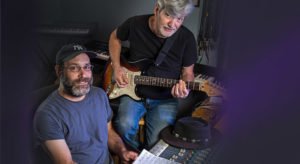 ease back in the studio, strumming his favorite guitar with his favorite pick, Todd admits that before May, he “knew nothing about stroke.” That’s why he’s committed to helping Crouse spread the word about stroke risks, symptoms, signs and prevention.
ease back in the studio, strumming his favorite guitar with his favorite pick, Todd admits that before May, he “knew nothing about stroke.” That’s why he’s committed to helping Crouse spread the word about stroke risks, symptoms, signs and prevention.
He describes himself as “lucky and blessed,” and wants to share what he feels helped him recover quicker: decades of exercise, healthy eating and a 40-year dedication to the practice of deep meditation. He also credits the fact he quit smoking in 1969 (though he’s inhaled secondhand smoke during many gigs over the years), and knows the close bond he shares with his family helped get him through, including son, Brett (shown at left with Todd in their recording studio).
While back to performing, Todd is most interested now in helping people learn what he didn’t know back on May 22: that stroke is preventable; can strike men and women of any age; that “minutes matter,” which is why it’s important to call 911 if a stroke is suspected; and to listen to your body by not ignoring what could be signs of stroke or other serious conditions.
The Comeback Trail
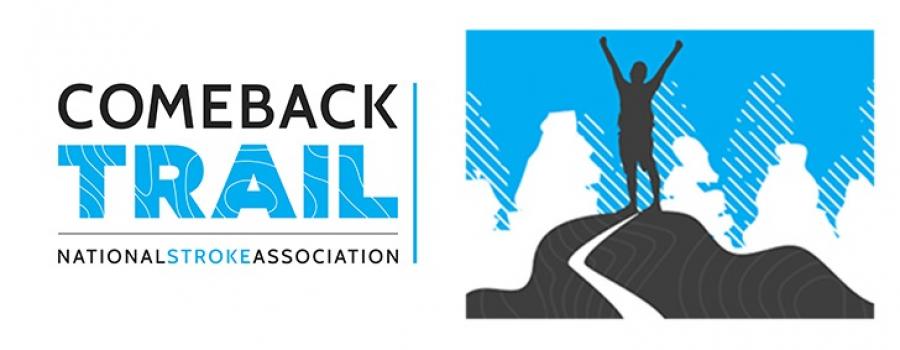 When it comes to stroke, Todd is not alone: Nearly 800,000 people in the United States have a stroke every year, with about three in four being first-time strokes, according to the American Heart Association/American Stroke Association.
When it comes to stroke, Todd is not alone: Nearly 800,000 people in the United States have a stroke every year, with about three in four being first-time strokes, according to the American Heart Association/American Stroke Association.
Crouse was proud to sponsor the 2018 Comeback Trail Series, the National Stroke Association’s 5k event celebrating the physical, mental and spiritual journey of stroke recovery. The 5k run/walk took place on Saturday, Oct. 13, at Onondaga Lake Park. Todd was part of the Comeback Trail event, cheering everyone on and celebrating his own triumph over stroke journey.
What Todd Hobin & Crouse Health Want You to Know
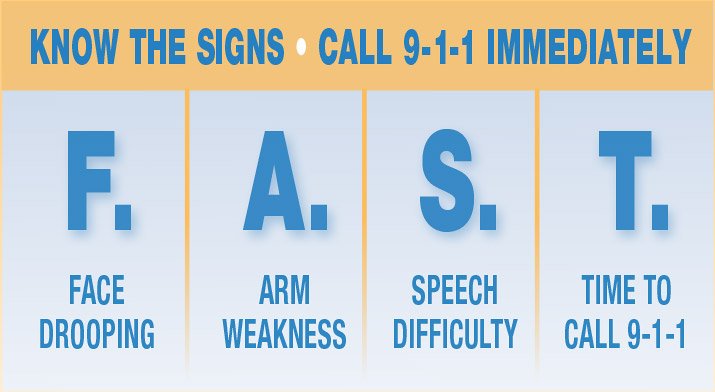
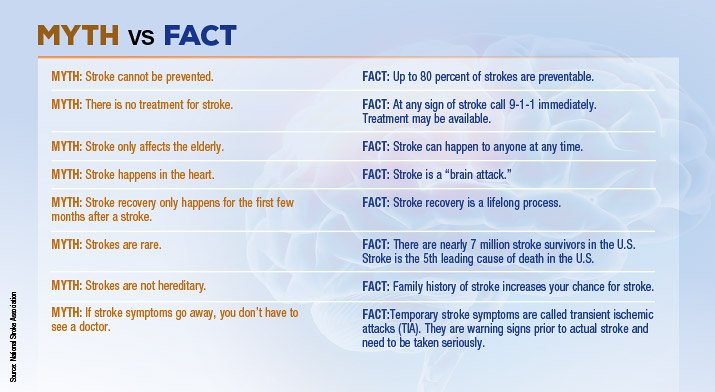
Preventing Stroke
Visit the National Stroke Association for details about these ways to prevent stroke:
- Medical Risk Factors
High Blood Pressure
Atrial Fibrillation (A-fib)
High Cholesterol
Diabetes
Circulation Problems
Carotid Artery Disease - Lifestyle Preventions
Diet and Nutrition
Physical Activity
Tobacco Use and Smoking
Alcohol Use> Learn More About the Crouse Comprehensive Stroke Center
> CNY Brain Aneurysm and Stroke Support Groups
> Learn More About the Crouse Comprehensive Stroke Center
> Watch Todd and Dr. Padalino on Newschannel 9’s “Bridge Street” 8-13-18
Cheryl Abrams earned her M.S. in Communications Management from Syracuse University's Newhouse School and is a freelance writer based in Syracuse, NY.
Categories: Crouse News
Tags: Comprehensive Stroke Center, Crouse Health, David Padalino, stroke, Todd Hobin
Share this
